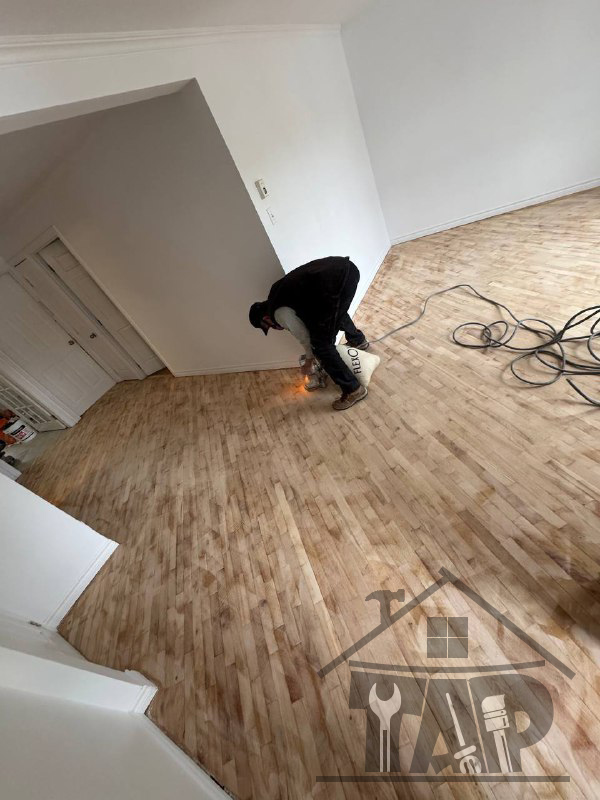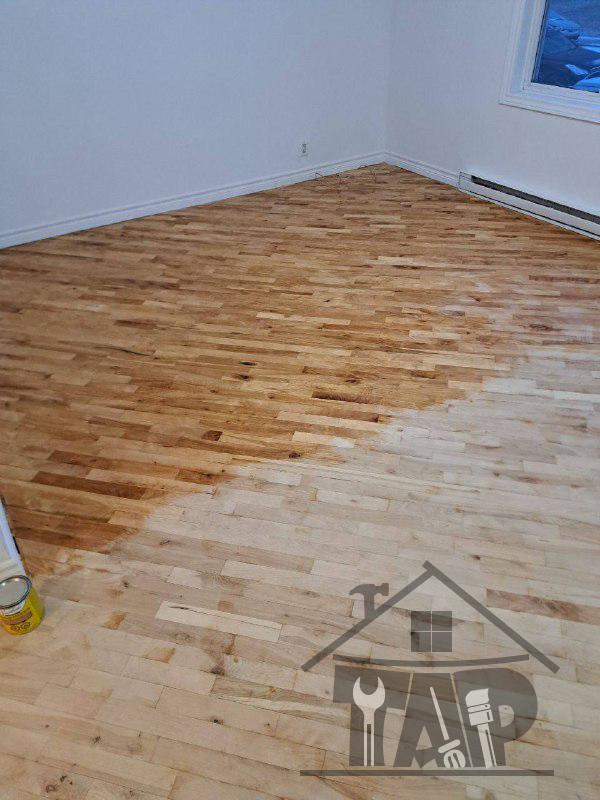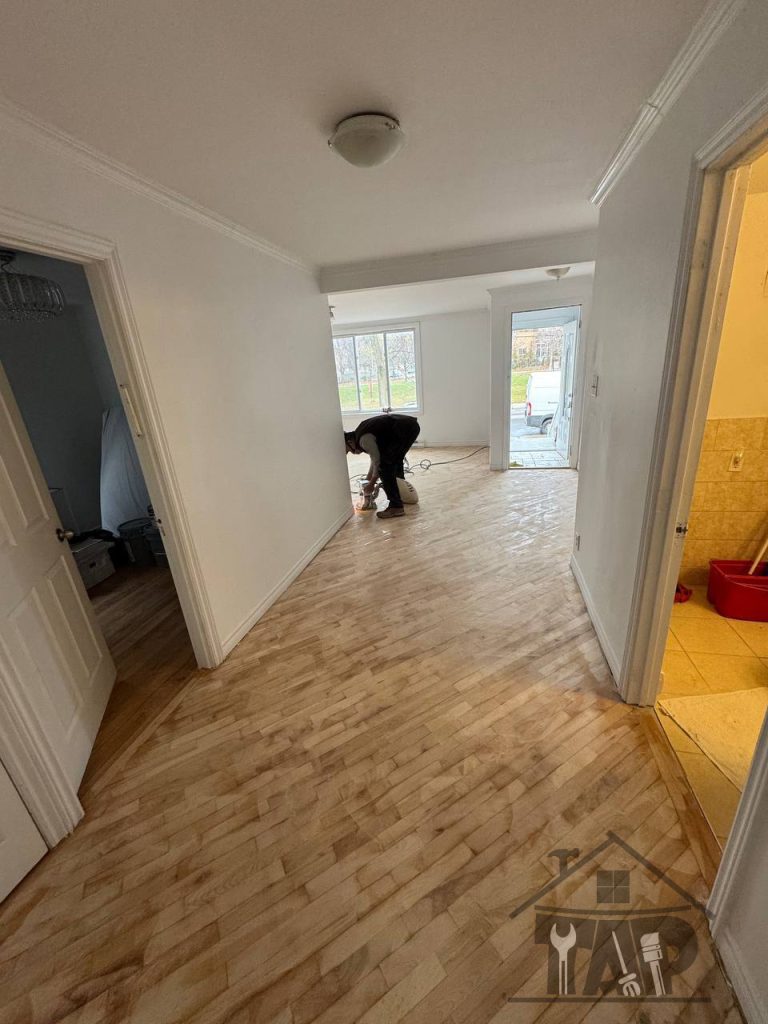What is varnish?
Varnish is a transparent protective coating applied to wooden, parquet, concrete or stone floors to improve their durability and aesthetics. It helps protect the surface from wear, moisture, stains and fading while providing a glossy or semi-gloss finish.
.
Types of floor varnish
1-Oil varnish
+ High durability and excellent wear and impact resistance
+Deep penetration into the woods, giving it a warm and natural tone
+Ideal for high traffic areas like large lobbies and hallways
- Long drying time (12 to 24 hours per coat)
-Strong odor, requiring adequate ventilation during application
2-Water-based varnish
+Dries faster than oil varnish (2 to 4 hours per coat)
+Low odor and environmentally friendly
+Preserves the natural color of the wood without significant modification
-Less resistant to significant wear compared to oil varnish
3-Polyurethane varnish
+ Extremely resistant to water, chemicals and shocks
+Suitable for high traffic areas such as offices, hotels and restaurants
+Available in water and oil form
-More expensive than other varnishes
-Difficult to repair if damaged
4-Acrylic Varnish
+Resistant to yellowing and fading over time
+Provides a transparent finish, ideal for light woods
+Suitable for decorative and low traffic areas
-Less durable than polyurethane and oil-based varnishes.
Steps to apply floor varnish
- Surface preparation
Thoroughly clean the floor to remove dust, grease and debris.
If necessary, sand the surface with fine sandpaper (e.g. 220 grit) to make it smooth and even.
Fill any cracks or gaps with wood putty if necessary.
- Choosing the right varnish
Select the appropriate varnish based on wood type, foot traffic and environmental conditions.
If possible, test a small section before applying the varnish to the entire floor.
- Application of the first coat
Use a brush, roller or spray gun to apply a thin, even coat of varnish.
Avoid leaving brush marks or air bubbles.
Allow to dry completely (drying time depends on the type of varnish).
- Sanding between coats
Once the first coat is dry, lightly sand the surface with very fine sandpaper.
This step helps improve the adhesion of the following layers.
- Applying additional layers
Depending on the type of varnish and the desired level of protection, apply 2 to 4 coats.
Allow each coat to dry completely before sanding and applying the next.
- Final drying and use
After applying the final coat, allow the surface to dry completely.
Wait at least 24 hours before walking on the floor.
For furniture installation or heavy use, wait 48 to 72 hours.
.
Maintenance and care of varnished floors
Clean the floor with a damp cloth or soft mop.
Use mild, non-abrasive cleaners to avoid damaging the varnish.
Avoid carrying heavy furniture on the floor: use protective pads under the furniture legs.
If the surface becomes scratched over time, sand lightly and apply a new coat of varnish.
.
Key Considerations When Choosing a Varnish
For high traffic areas (like hallways and living rooms), polyurethane or oil-based varnish is the best option.
In humid environments, water-resistant varnishes (such as water-based polyurethane) work best.
If you are sensitive to strong odors, choose a water-based polish as it has a milder scent.
To preserve the natural color of the wood, use a transparent varnish without added pigments.
.
Conclusion
Floor varnish is a great way to protect wood and increase its durability. The right type of varnish depends on environmental conditions, traffic level and type of wood. Proper application and maintenance can significantly extend the life of your varnish and keep your floor looking beautiful for years.








Leave a Reply